Ever found yourself nursing a throbbing headache the morning after indulging in a glass or two of your favourite Merlot? While red wine might be lauded for its potential heart benefits and luxurious complexity of flavors, it also has a pesky tendency to leave one grappling with headaches. But what exactly is inside that lovely ruby-hued libation that triggers these unwanted ramifications?
Understanding Red Wine Headaches
The tantalizing charm of a deep Burgundy or a crisp Pinot is undeniable, yet for some, this daring dance with the grape can provoke the notorious red wine headache. Unveiling one theory circulates histamine – a compound found in various concentrations in red wines. This biochemical culprit can trigger inflammation and headaches in individuals sensitive to its surge and who lack adequate DAO enzymes that break it down.

Another hypothesis strides into the arena led by quercetin and tannins. These naturally occurring elements often celebrated for their health benefits are also capable of igniting your cranial alarm bells. Specifically, quercetin – an antioxidant might cause throbbing skullscapes when consumed excessively whereas, tannins can influence serotonin levels which is linked to migraine onset. Understanding these compounds and how they resonate with your physiology paves potential paths to sip without sorrow!
Exploring the Phenomenon: What is a Red Wine Headache?
Have you ever woken up with a throbbing headache after an evening of delighting in a bottle of red wine? If your answer is yes, welcome to the club! You’ve encountered what is colloquially referred to as a ‘Red Wine Headache’ (RWH). Although not scientifically validated, this term has become the catch-all phrase signifying those ruthless headaches that seem inextricably tied to red wine consumption.

Now, you might be thinking – isn’t this simply a hangover? Surprisingly, RWH deviates from your typical hangover symptoms. RWH can hit within just 15 minutes of sipping on your favourite Merlot or Cabernet and usually involves severe pulsating pain. Some blame it on sulfites; others suspect histamines or tannins involved in producing these luscious beverages. Well, the jury’s still out trying to pinpoint causes more accurately – offering both mystery and misery for wine lovers worldwide.
Alcohol metabolism – what is responsible for your headache?
Ever wondered why, after a night of mass merriment and fluid fun, you’re frequently left with an infamous pounding headache? Interestingly, it boils down to our body’s metabolic responses. As we consume alcohol, our body begins its complicated metabolism process that breaks down the ethanol present in our libations into acetaldehyde.
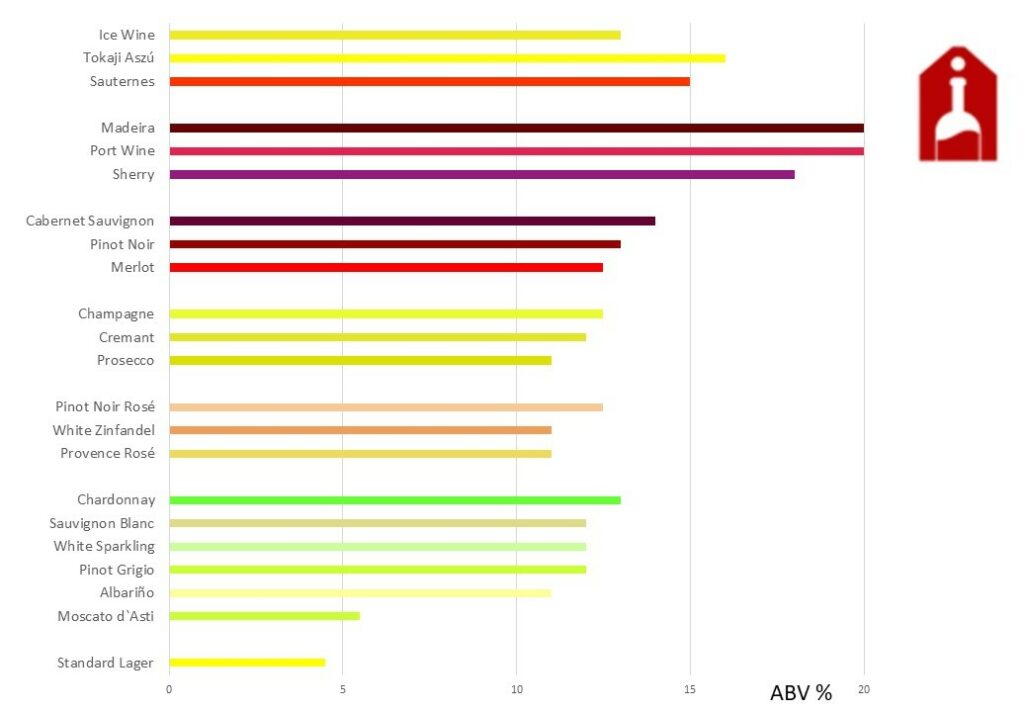
Acetaldehyde is your hangover’s less-than-friendly accomplice! It is a toxic, short-lived byproduct that contributes massively towards those throbbing headaches and feelings of nausea post-drinking. This substance is further metabolized to acetate—a non-toxic substance—in your liver. But when alcohol consumption rate surpasses the speed at which acetaldehyde can be broken down into acetate – bingo! There starts your groggy morning with a thudding headache. It’s crucial to pace your drinking for better alcohol metabolism and keep hydrated to avoid regretful mornings!
The Science Behind the Pain: Chemical Components in Red Wine
Wine enthusiasts may be surprised to learn about the complex relationship between red wine and pain. Firstly, it’s necessary to unpack resveratrol, an antioxidant actively derived from grape skins. This component has shown promising results in lab tests concerning the reduction of inflammation and blood clotting. As such, resveratrol could potentially play an integral part in pain management process.
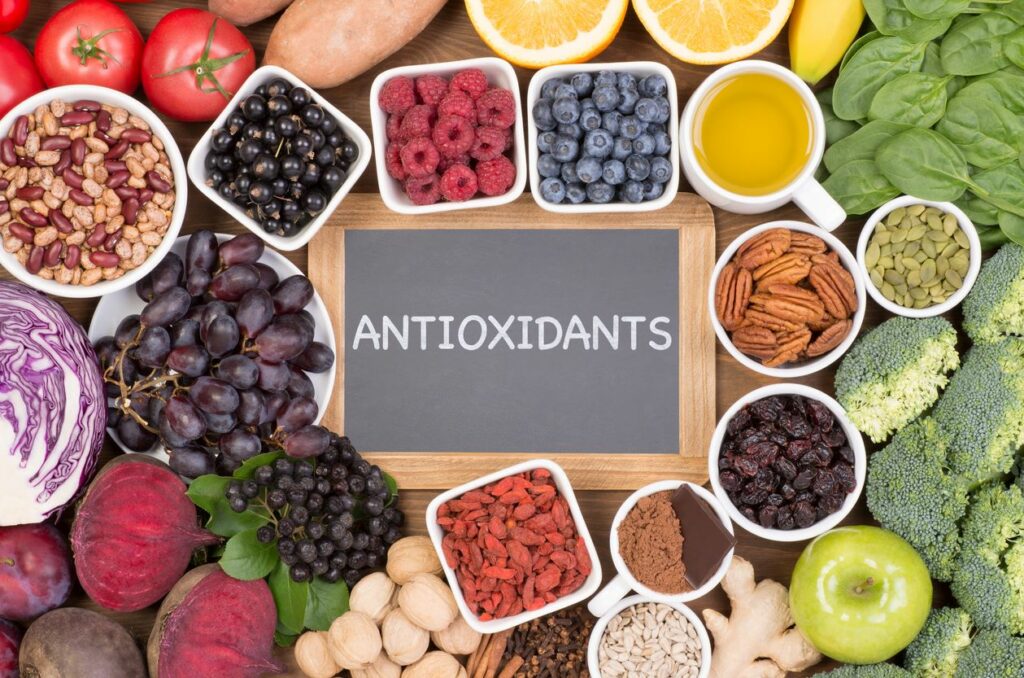
Delving deeper into the anatomy of red wine unveils another intriguing substance: tannins. Derived from grape seeds and skin during fermentation, they present a notable impact on your physiology. Tannins induce the release of serotonin—a neurotransmitter with multiple functions including engagement in pain perception. The underlying link here is captivating; too much serotonin can cause headache, essentially pinpointing why some people are more prone to red wine headaches than others.
Role of Quercetin
Have you ever savored a fine glass of red wine, only to find yourself plagued by an ensuing headache? If so, it’s worth shining the spotlight on a fascinating component found in your beloved vino: Quercetin. With researchers continually exploring its multifaceted role, evidence suggests that this plant pigment may contribute to those bothersome post-wine headaches.
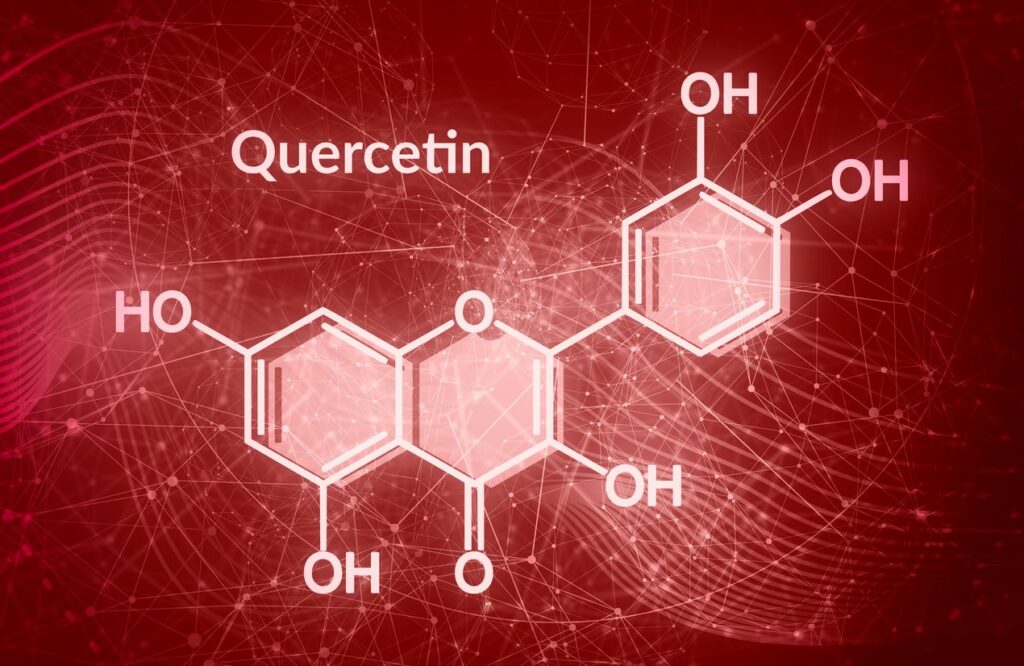
Why might Quercetin be the hidden culprit behind this negative effect? The answer resides in curious chemistry. As a flavonoid naturally found in fruits and vegetables – and abundantly so in grapes – quercetin has been observed to interfere with alcohol metabolism, potentially leading to unpredictable interactions within our bodies causing headaches. Rather than savoring your wine’s intricate flavors, this blockade turns your merlot moment into cranial chaos! Understanding these dynamics about red wine offers an invaluable perspective for all enthusiasts seeking headache-free enjoyment.
Role of Histamines and Tannins in Triggering Headaches
Diving deeper into the complex world of biochemistry, you would be surprised by the significant role histamines and tannins play in triggering headaches. Imagine these microscopic culprits as villains, launching an invisible attack on your nervous system. Histamines, naturally produced by our bodies and found high in foods like aged cheese or fermented beverages can rev up your immune response to cause an inflammatory reaction, sparking Pain City in your head.
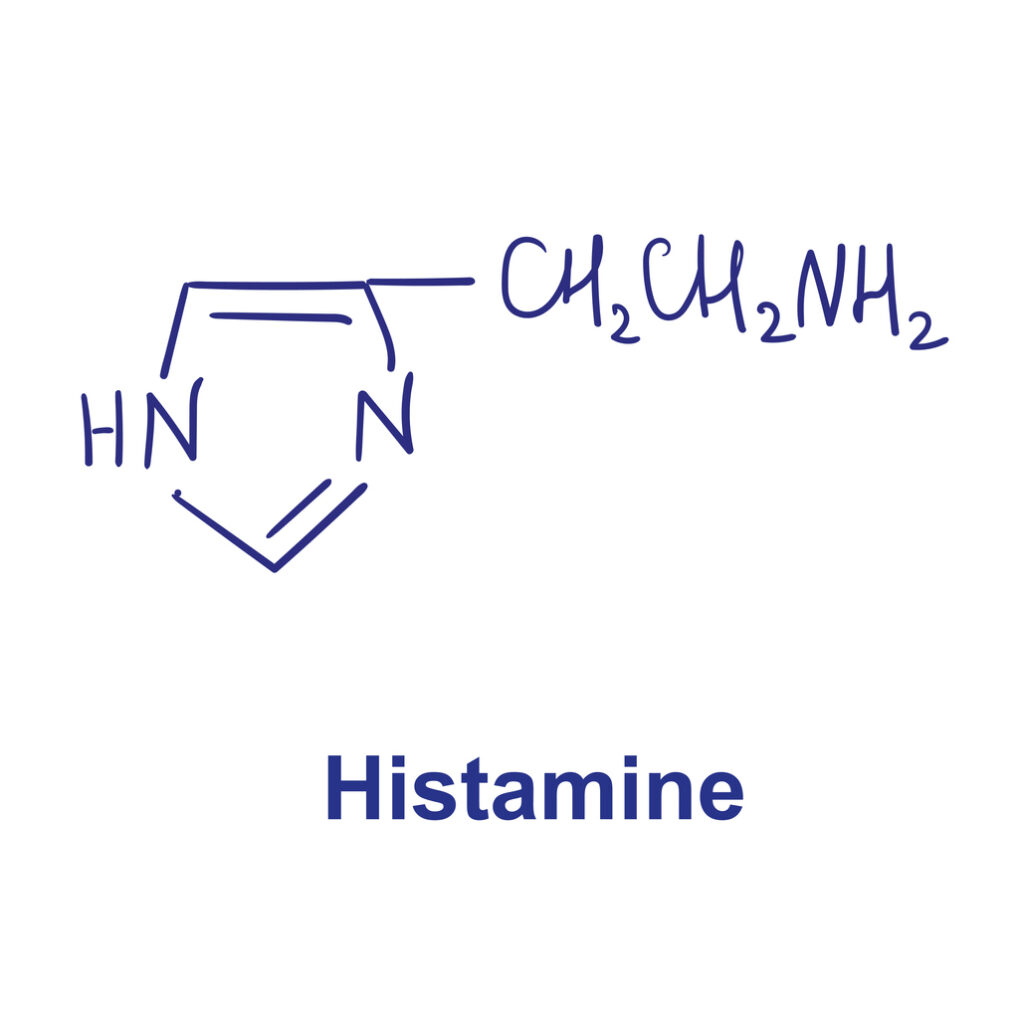
On the other hand, tannins – another prominent figure lurking in many favorite drinks such as wine or tea – can also stimulate migraine-like symptoms. They interfere with serotonin levels- a key neurotransmitter involved in managing pain. By decreasing its production or blocking its function, tannins can cue a throbbing headache seemingly out of nowhere! These astonishing facts serve as a reminder to monitor our diet choices astutely and underscores how even minute compounds can incur considerable impacts on our wellbeing.
Origin of Quercetin, Tannin and Histamines in Wine
Quercetin, Tannins, and Histamines, these complex chemical compounds, each contribute uniquely to the taste, color and health effects of wine. The unique chemical dance begins with Quercetin, a type of antioxidant known as flavonoid which primarily originates from grape skins in winemaking process. Highly concentrated in red wines due to longer fermentation period with grape skins involved; this powerful antioxidant lends deep hues and bitter edge to redefine your wine experience.
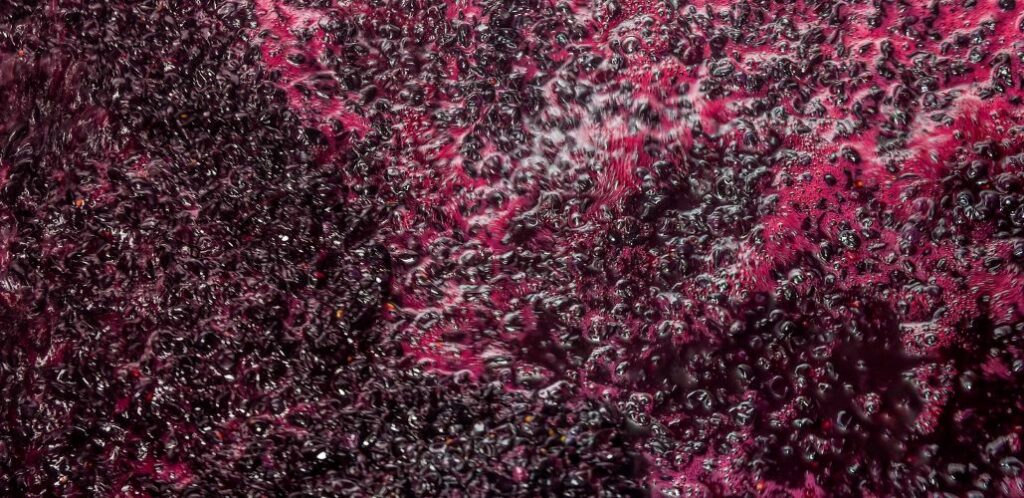
Yet, the story of wine flavouring doesn’t revolve around Quercetin alone. A drama unfolds beneath the cork that brings tannins into spotlight; extracted mostly from stems or seeds during fermentation process or from oak barrels during aging process. Present in both red and white wines but much more prominent in former due its extended contact time with grape skins during fermentation for greater colour enhancement also results into increased tannin presence lending a charming complexity with astringent notes adding structure and balance.
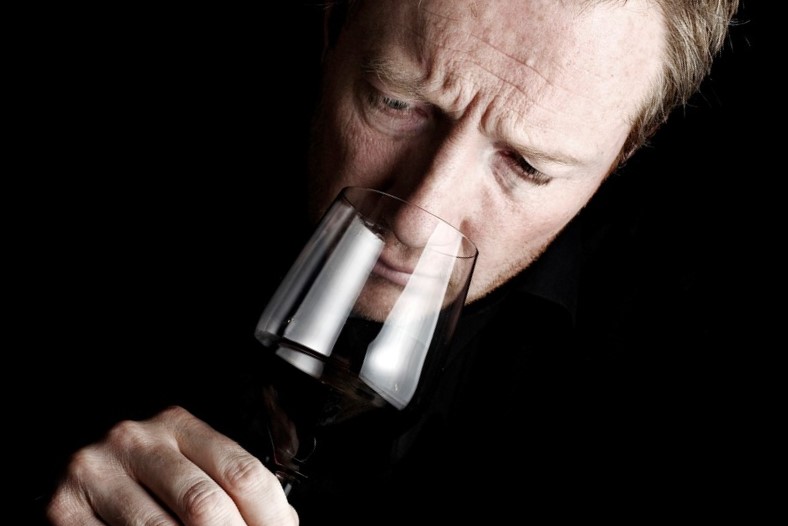
Surprisingly histamines often overlooked by oenophiles alike are biogenic amines produced by yeast and bacteria involved in fermentation mechanics; they’re responsible for adverse reactions like headaches commonly associated among sensitive individuals since the levels widely vary across different types of wines depending on many factors including geographical origin, vintage etc.. Ultimately combining these elements creates an ensemble that elevates every sip you take beyond mere drinking – it turns into an exploration!
Other Factors: Dehydration, Sulphites, Alcohol Intolerance
Imagine waking up to a pulsating headache after your office party or feeling unusually fatigued. While you might be quick to put these discomforts down as mere hangover symptoms, the actual culprits could well be dehydration, sulphites and alcohol intolerance.

Dehydration holds immense sway in setting off headaches since alcohol acts as a diuretic. It causes our body to excrete fluid more rapidly than normal. This leads to dehydration often marked by those terrible post-celebration migraines. Not only this, hidden actors like sulphites used in wine preservation play an important role too. For people sensitive to these tiny compounds can experience daunting sinus congestion and excruciating headaches following their drink. Lastly – Alcohol intolerance. A lesser-known condition where the body fails to efficiently break down alcohol. This triggering an inflammatory response from the immune system leading not just to headaches but also flushing and discomfort.

So next time when you lift that glass of sparkling at your get-together, recalling these insights may help you strike an informed balance between enjoyment and wellness!
Effective Remedies for Preventing Red Wine Headaches
Before you preemptively bid adieu to your cherished wine nights, there’s a hidden trick in the bottle. Choose low histamine and low tannin red wines. Most people aren’t aware that high levels of histamines and tannins present in certain red varietals can trigger those pesky headaches. Opt for Pinot Noir, Merlot or Cabernet Franc. They are known for relatively low amounts of these compounds as compared to their more robust cousins like Malbec or Syrah.

Another surprising remedy might have been making appearances at your breakfast table daily – yes, water! Dehydration often exacerbates headache symptoms triggered by alcohol. It is a known secret among oenophiles. For every glass of red wine you drink, follow it with a full glass of water. This will not only keep your body hydrated but also dilute the effects of any potential triggers within the wine itself.
Conclusion: Enjoying Red Wine without the Pain
Red wine can indeed be enjoyed without the pain commonly associated with excessive consumption, through moderation and careful selection. Choose wines that are low in histamines and sulfites. Taking an antihistamine prior to drinking, and pairing your wine with a meal can all help alleviate unwanted after-effects. It’s also essential to listen to your body. If a particular wine triggers discomfort, it may be best to avoid it. Remember that enjoying wine is not about quantity but quality. So go ahead, raise a glass of your favorite red without fear and savor its rich flavors responsibly!

